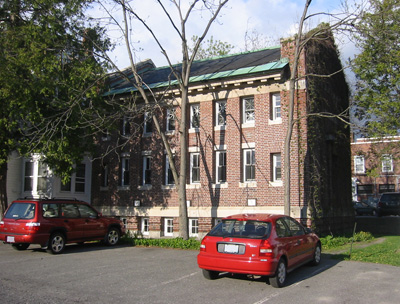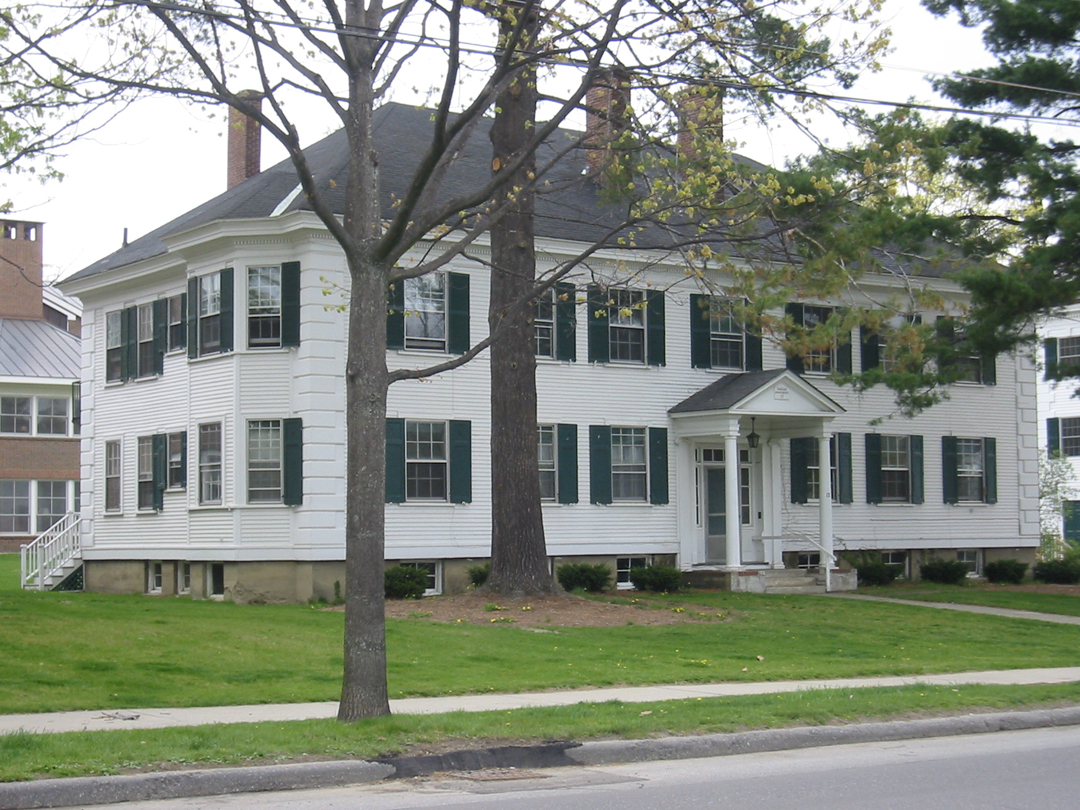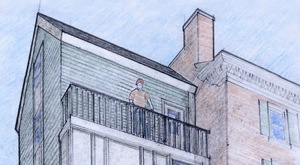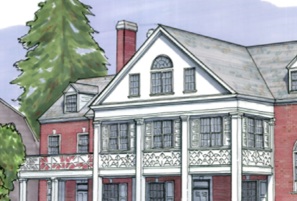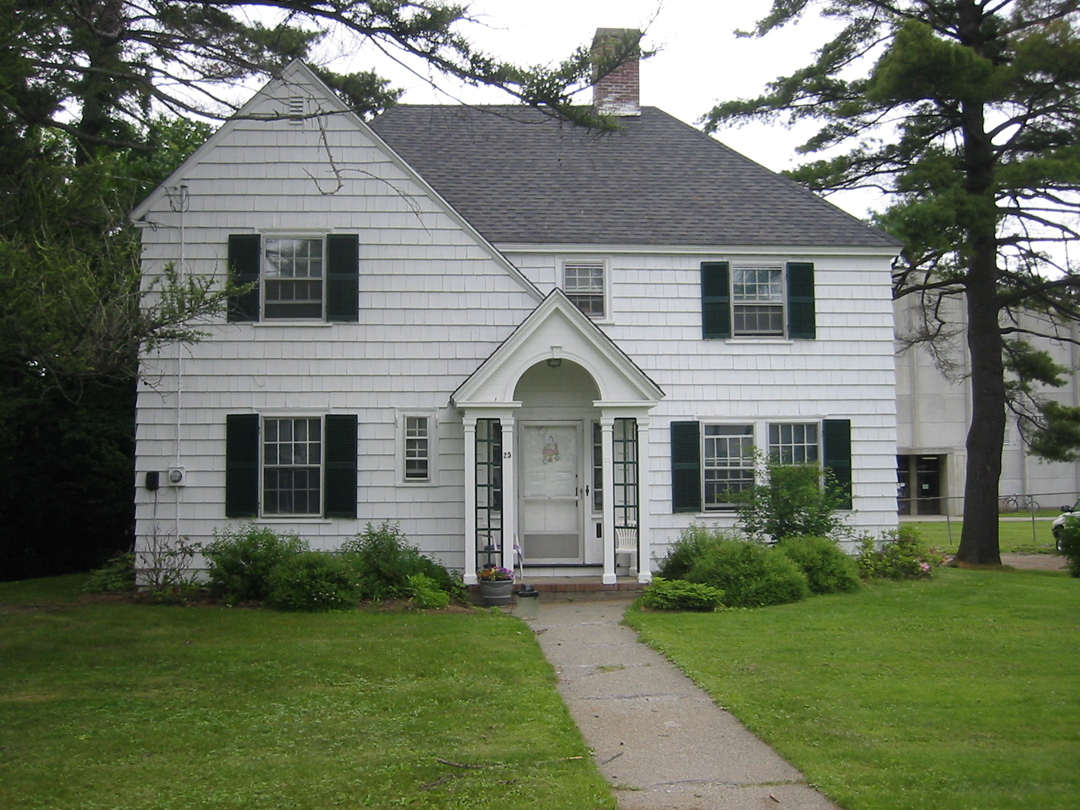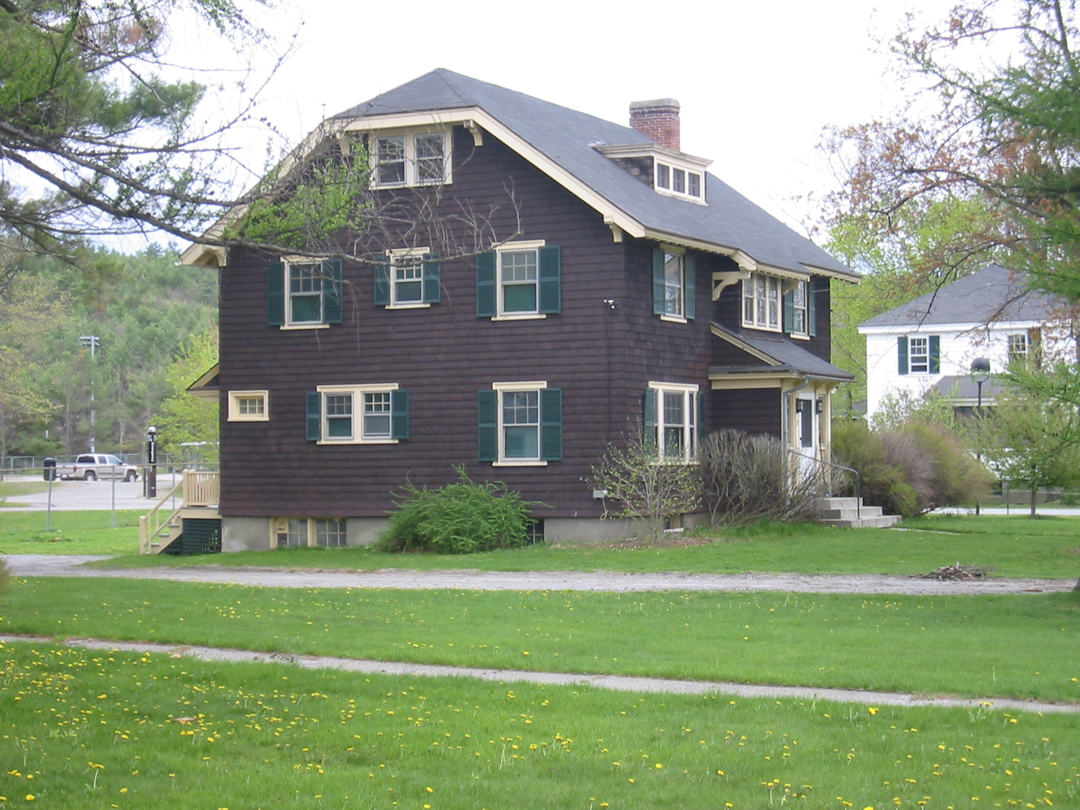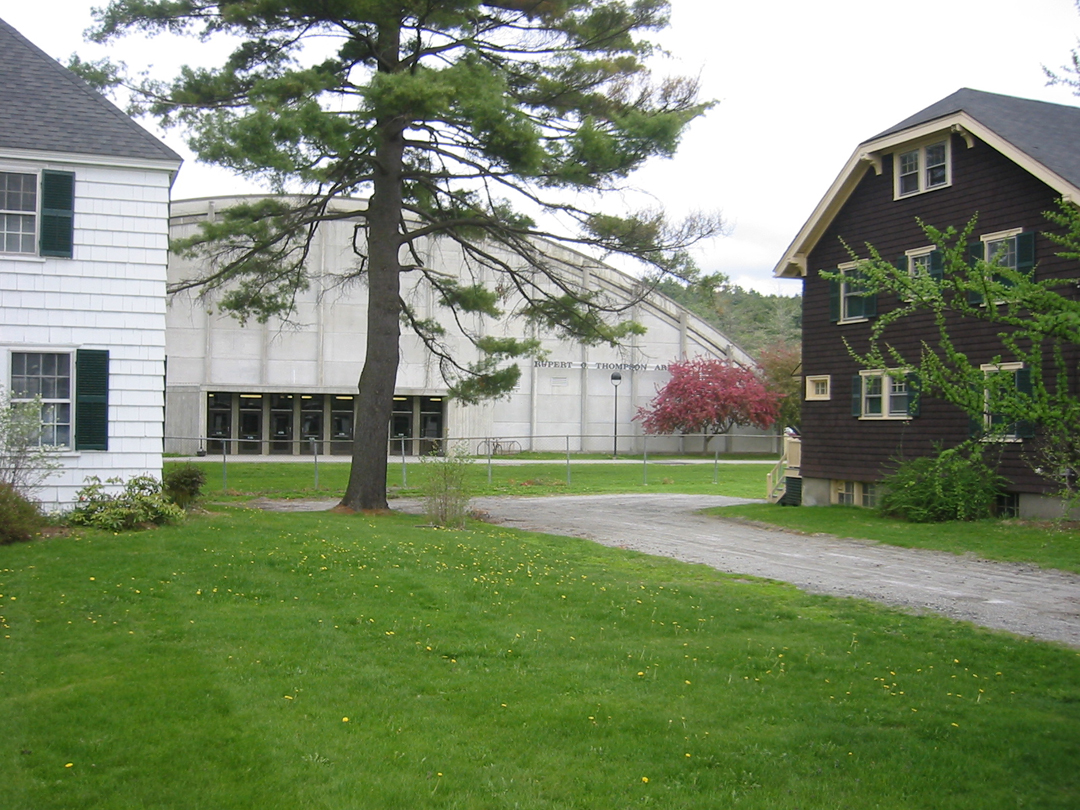Sigma Phi Epsilon fraternity is planning to demolish its 1896 house at 11 Webster Avenue. It will submit its application for site plan review to the Planning Board on April 20th.
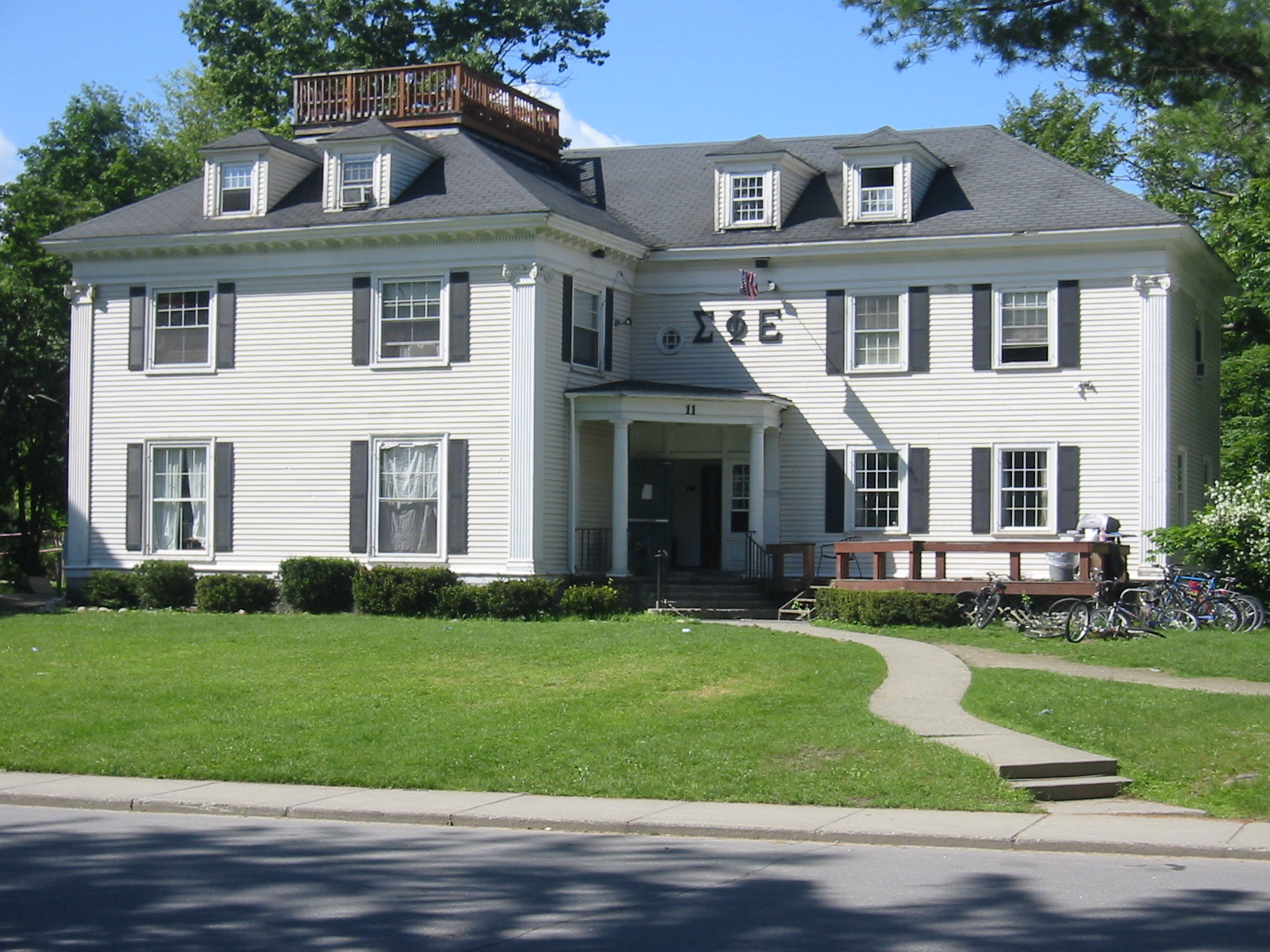
11 Webster Avenue in 2005
The clapboard house, attributed to Boston architects Dwight & Chandler, was built for math professor Thomas W.D. Worthen of the Class of 1872. The house was part of an original row of six contemporary faculty dwellings by the same firm.
The society occupied the house for more than 50 years and added the large righthand wing by well-known local architects Alfred T. Granger & Associates in 1958.
The fraternity has obtained a special exception [ZBA Minutes 02.04.2010 pdf] from the zoning board to erect a new building on the site.
Sig Ep’s house is not the most exciting one on the Avenue, but still, the Town should ask the group to document the existing structure before demolishing it (Claremont documents the historic buildings it demolishes).
Better yet, the fraternity should voluntarily document its own house before tearing it down. Although not the same as preservation, it would be better than nothing.
—–
[Update 01.13.2013: Broken links to two pdfs removed.]
[Update 05.01.2010: Sig Ep at Wisconsin, rebuilding its house after a fire, had to win approval for the design from the local Landmarks Commission. The house is located in a historic district.]
[Update 07.28.2010: The Dartmouth has a drawing of the front facade of the replacement. Planning Board minutes (04.20.2010 pdf) suggest that Domus, Inc. of Etna is participating in the project.]
